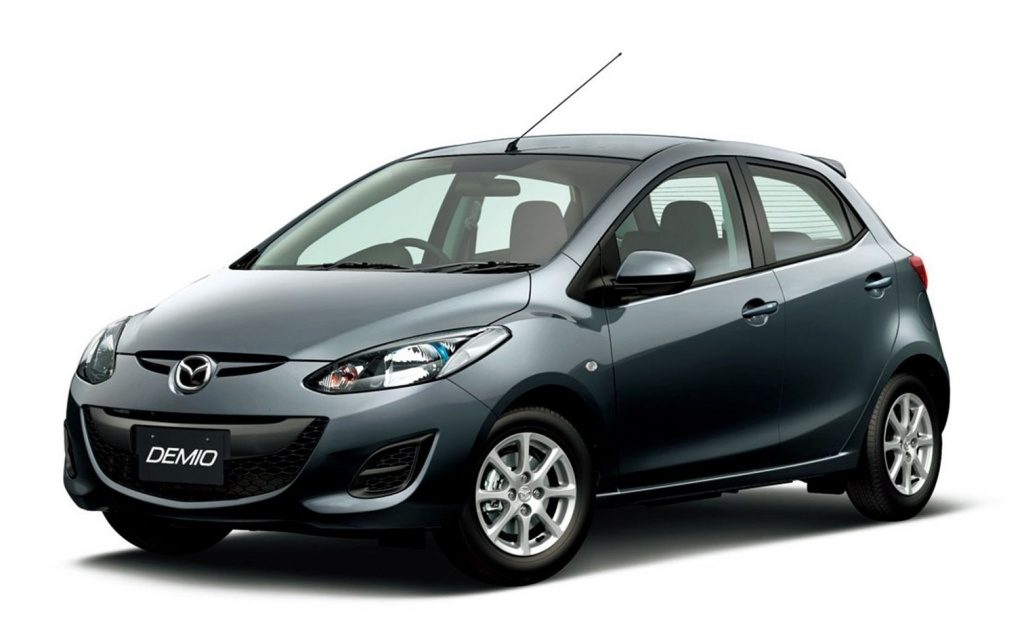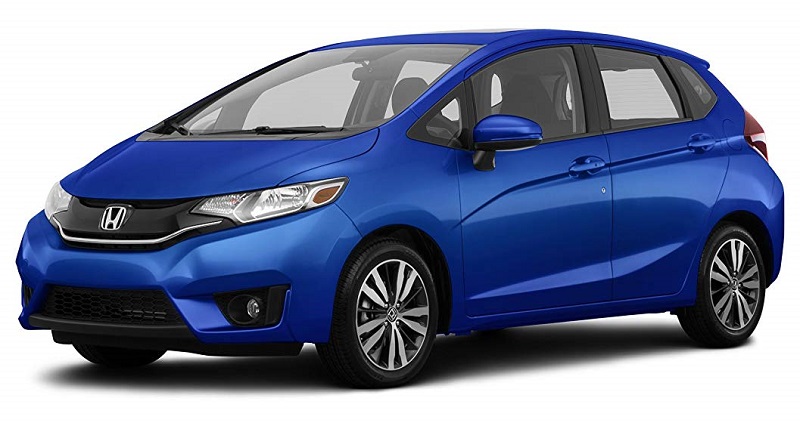In Kenya, where something as ordinary as an election has the potential to crumble the economy, there is a dire need to be frugal with your resources. Every single coin counts as you have clearly seen time and time again and thus it lies in most of us to be very keen how we manage our lifestyles.
Cars are part of this lifestyle as they form a major component in our families and businesses, facilitating easy movement as we go about our day to day activities.
But with the current uncertainty in the economy and constant traffic jams, you need a car that’s really efficient on fuel consumption or else you’ll burn all your money maintaining the car. Luckily, there are quite a number of fuel-efficient cars in the Kenyan market, which are guaranteed to cover your needs while still leaving a little something in your pockets.
Yet it is not just about the fuel, these cars can still save you a lot of money when it comes to the car insurance quotes you will be deciding upon. Here are the top five fuel-efficient cars on Kenyan roads.
HONDA FIT
The first car on the list is the Honda Fit. Now in its 3rd generation, it first debuted in 2001 in Japan and immediately became a big hit. At its introduction in 2001, it won the Car of the Year Japan Award and by December 2001, it had outsold the Toyota Corolla, and ranked first in sales for nine out of 12 months in 2002.
Despite having a subcompact four-door hatchback, the Honda Fit has also earned praise for its engineering and design, and it has found its niche with consumers drawn to its space-efficient design and easily reconfigurable rear seats.
It’s most notable feature, however, is its engine which is powered by a 1.5-litre four-cylinder engine with a consumption of up to 14.5 kmpl . Now if that’s not fuel efficient, then I don’t know what it is.
Other features of the car include air-conditioning, cruise control, full power accessories, a 5-inch central display screen, a rearview camera, Bluetooth and a four-speaker sound system.
HONDA CIVIC HYBRID
The second car on the fuel efficiency list is yet another Honda, the Honda Civic Hybrid. Although slightly pricey than most cars on this list, it’s efficiency and ease of maintenance definitely covers up for the cost. A variation of the Honda Civic, it was introduced in Japan in 2001 with quite a notable feature, the hybrid electric power train.
HONDA CIVIC
The hybrid has a 1.5L four-cylinder engine, fuel consumption of up to 18 kmpl and assisted when necessary by a 17kW electric motor. And not only that, it also has idle stop so that when it stops in traffic, the engine shuts off automatically, then restarts immediately when the driver takes their foot off the brake, contributing to both greater fuel efficiency and lower emissions.
SEE ALSO
> Why expensive cars are a bad investment
> Things you shouldn’t do when driving an automatic car
Its twin spark plugs light the lean fuel-air mixtures sent to the two-valve combustion chambers which work hand in hand with a 1.3-litre single overhead cam i-DSI lean-burn internal-combustion engine with VTEC Cylinder Cut-off System, which allows three cylinders to deactivate during deceleration.
And just because its fuel efficient doesn’t mean it’s all dull and boring. The car is also very spacious with seating for up to five, plus all the interior space you’ll need for anything from a business trip to a nice night out. The most recent generation also comes with a wireless Phone Charger, which provides a hassle-free charging zone that’s easy to access and use.
TOYOTA PRIUS
A mid- sized lift back sized between the Corolla and the Camry, the Prius was first produced in 1997 and it became the first mass produced fuel electric hybrid car. The car has become quite popular in Kenya and its 1.8-liter petrol engine (previously 1.5 liters) has everything to do with it. It generates 98 hp (73 kW), and with the added power of the electric motor generates a total of 134 hp (100 kW) (previously 110 hp or 82 kW).
The larger engine displacement allows for increased torque, reducing engine speeds (RPM), which improves fuel economy at highway speeds.
Thanks to its electric water pump, the Prius engine is the first consumer automotive production engine that requires no accessory belts, which also further improves its fuel economy. The electric motors and other components of the hybrid power train are also smaller and more efficient than the industry average putting it way up on the efficiency basket.
NISSAN MARCH
Another fuel efficient car common in Kenya is the Nissan March. Mostly popular with the ladies, it was first introduced into the market in 1982 as a challenger to the Honda City and Toyota Starlet. Its third generation however, which is mostly common in Kenya was introduced in 2002 and it features a new, 70 mm longer wheelbase and an even more curvy exterior that was taller and slightly wider.
READ: 11 fuel-saving tips every driver should know
Its most distinctive feature was a pair of prominent headlamps that extended to the wing-tops with other additions including a sliding rear seat and the option of keyless ignition on higher specification models. Why Kenyan ladies adore it though is its 3-cylinder engine, 1.0L to 1.5L and fuel consumption of up to 21kmpl.

MAZDA DEMIO
Another common Kenyan car that’s breaking the back of fuel efficiency is the Mazda Demio, a supermini which first hit the world market in 1996 before going on to bag the car of the year award in 2008. The Demio uses Mazda’s SkyActiv-Drive six-speed automatic and SkyActiv-MT five- and six-speed manual gearboxes as well as stop-start technology (“i-STOP” turns the engine off when the car is stationary) and a brake energy regeneration system (“i-ELOOP” uses braking to charge a capacitor for all car electronics, in place of an alternator charging a battery).
This coupled up with its weight, which is below a 1000KG and an engine which ranges from 1.0L to 1.5L with a fuel consumption of 14 Kmpl makes it an ideal fight for most economical Kenyans out here. [source: Pesa Bazaar]












What is the fuel consumption of Toyota premio car
Valvematic one (1.5cc) is very efficient.